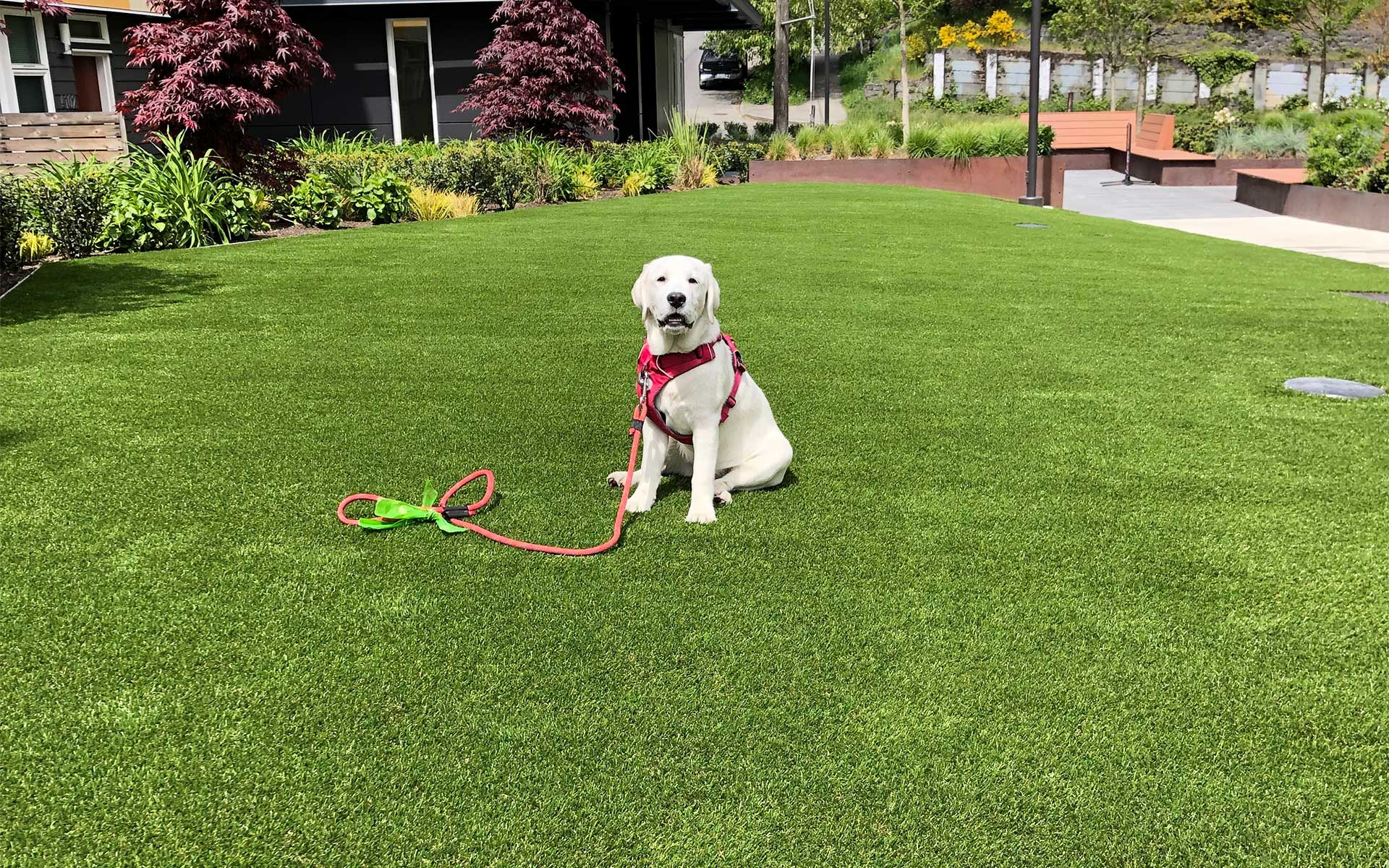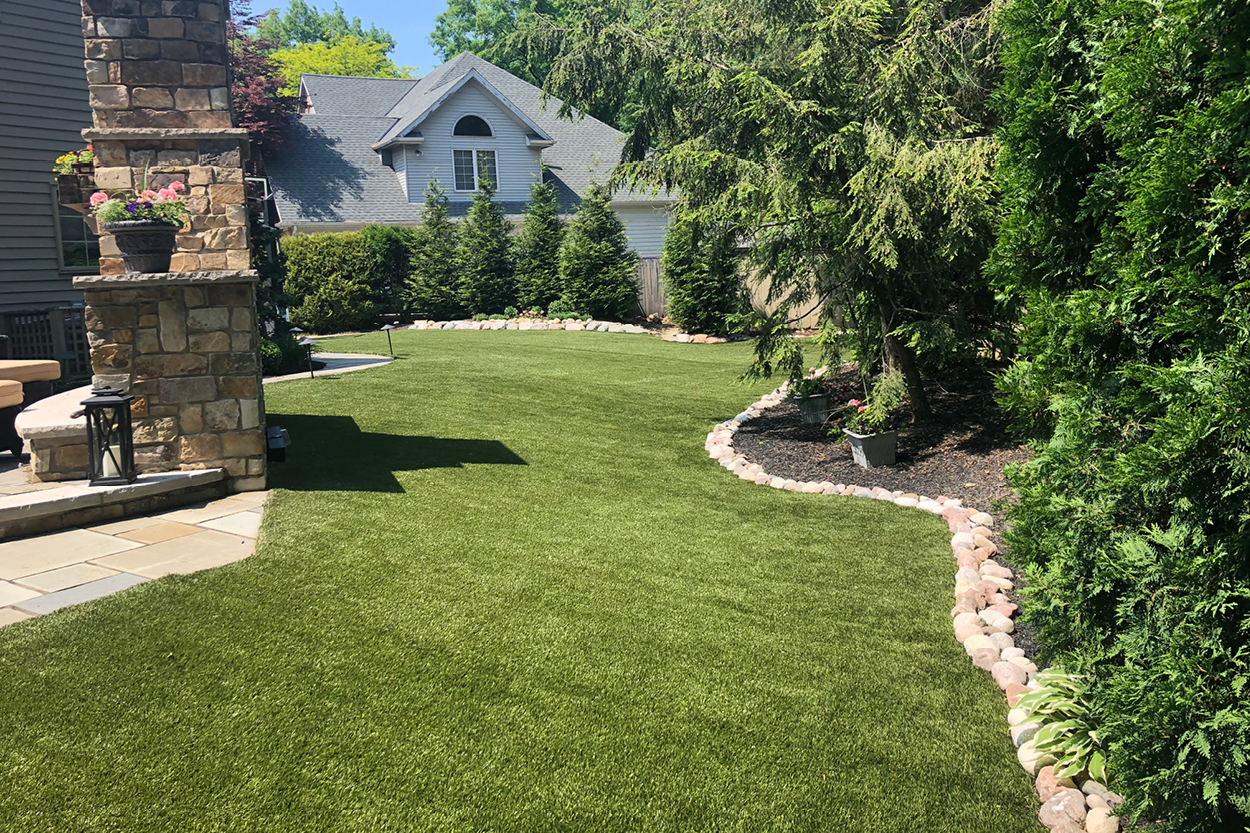Custom Turf Installation Phoenix AZ for Homes, Companies, and Recreational Spaces
Custom Turf Installation Phoenix AZ for Homes, Companies, and Recreational Spaces
Blog Article
Look Into the Environmental Benefits of Opting for Synthetic Grass Solutions
The adoption of fabricated grass remedies provides a compelling possibility to address pushing ecological obstacles. By significantly reducing water use and minimizing the application of harmful chemicals, these alternatives not only advertise lasting landscaping but also protect local communities. The reduced carbon footprint associated with lowered upkeep tasks contributes to an extra sustainable approach to land management. Nonetheless, the ramifications of these benefits expand beyond plain conservation initiatives, increasing questions concerning their long-lasting effect on habitat preservation and total environmental equilibrium. Exploring these measurements reveals a complicated interaction worth thinking about.
Water Conservation Advantages
One of the most substantial benefits of man-made lawn is its capacity to save water. In contrast, fabricated turf does not need watering, significantly lowering the general demand for water resources.
By removing the requirement for normal watering, synthetic turf adds to lasting landscape practices and aids minimize the environmental impact of excessive water intake. In addition, the conservation of water prolongs to the decrease of drainage, which can result in dirt disintegration and waterway air pollution.
Additionally, the installation of fabricated lawn enables communities and property owners to allot water resources a lot more successfully, focusing on crucial uses such as alcohol consumption water and farming. The change towards man-made lawn not just advertises accountable water usage however likewise lines up with broader environmental goals aimed at preserving all-natural sources.
As communities progressively focus on sustainability, the water conservation benefits of synthetic grass provide an engaging situation for its adoption in industrial and domestic landscaping projects.
Minimized Chemical Use
The change to synthetic grass considerably decreases the reliance on chemical treatments commonly utilized in natural turf maintenance. Traditional lawn management normally includes the application of fertilizers, herbicides, and pesticides to promote growth and control bugs. These chemicals can position dangers to human wellness, local wild animals, and the atmosphere, adding to soil and water contamination.
In contrast, man-made lawn eliminates the requirement for these harmful substances. By lessening the launch of artificial substances right into the community, man-made lawn advertises much healthier soil and water systems.
Furthermore, the lack of chemical drainage associated with synthetic grass installments helps secure neighborhood waterways from contamination, sustaining marine life and maintaining biodiversity. Phoenix turf companies. As communities increasingly focus on sustainable methods, selecting fabricated lawn presents a practical service that lines up with ecological preservation goals. Via this change, residential property proprietors can take pleasure in rich eco-friendly rooms without endangering eco-friendly health and wellness, paving the way for a more lasting future
Reduced Carbon Impact

In addition, the installation of synthetic grass can lead to significant water conservation. Natural grass require significant quantities content of water for irrigation, which not only contributes to the carbon footprint related to water removal and treatment but likewise strains local water sources. In comparison, synthetic grass requires minimal maintenance, needing no watering, therefore substantially lowering water usage and its connected power prices.
Additionally, the longevity of man-made lawn adds to its decreased carbon influence. With a lifespan of as much as 15 years or even more, the demand for frequent substitutes is diminished, leading to much less waste and reduced power consumption in manufacturing and throwing away conventional lawn choices. On the whole, artificial grass offers a lasting option for ecologically mindful landscape design.
Environment Conservation
Environment preservation is a critical consideration in the debate over landscape design choices, especially when comparing synthetic grass to all-natural yard. All-natural lawn lawns usually call for considerable upkeep, including the use of fertilizers, herbicides, and chemicals, which can detrimentally affect local communities. These chemicals can seep into the dirt and waterways, harming indigenous flora and animals and interrupting local environments.
Man-made grass removes the requirement for unsafe chemicals, thereby securing close-by wildlife and maintaining the honesty of bordering communities. The installment of artificial turf can lead to the conversion of former turf locations into more biodiverse landscapes, such as pollinator yards or indigenous plant areas, which can support local wildlife.
Ultimately, the transition to synthetic grass not only preserves water and reduces upkeep initiatives however likewise promotes an extra unified connection between human activities and the native environment, advertising habitat preservation in the process.
Long-Term Sustainability
Lasting sustainability is a vital element in assessing the benefits of artificial turf over typical lawn lawns. Among Recommended Site one of the most considerable benefits of fabricated lawn is its sturdiness; it can last as much as 15-20 years with minimal upkeep, whereas all-natural lawn requires constant reseeding and replacement. This longevity reduces the demand for continuous resources, such as water, plant foods, and pesticides, which are vital for maintaining a healthy and balanced grass yard.
In addition, man-made turf adds to a reduction in carbon emissions connected with grass treatment tools. Conventional lawns usually need gas-powered mowers, leaners, and blowers, every one of which add to air contamination. Arizona artificial turf. In comparison, synthetic lawn eliminates the demand for such tools, advertising a cleaner environment
In addition, the manufacturing of synthetic grass significantly uses recycled products, boosting its sustainability profile. As manufacturers adopt eco-friendly practices, the environmental footprint of fabricated turf continues to reduce.

Verdict
The adoption of synthetic lawn services offers significant environmental benefits, including substantial water preservation, reduced dependence on hazardous chemicals, and a lower carbon impact. Furthermore, check out this site man-made grass help in maintaining all-natural environments by minimizing land disruption and advertising long-term sustainability via the usage of durable materials. Jointly, these elements underscore the potential of man-made lawn to add favorably to ecological health and supply a feasible alternative to conventional landscape design techniques in a significantly resource-conscious world.
In comparison, synthetic lawn does not need watering, dramatically minimizing the total demand for water resources. By minimizing the release of artificial substances into the ecosystem, man-made grass advertises much healthier dirt and water systems.
Furthermore, the installment of synthetic lawn can result in significant water conservation. In contrast, man-made grass needs marginal upkeep, needing no watering, therefore dramatically reducing water usage and its connected power expenses.

Report this page